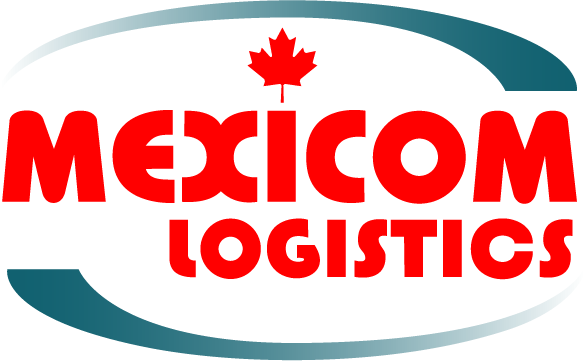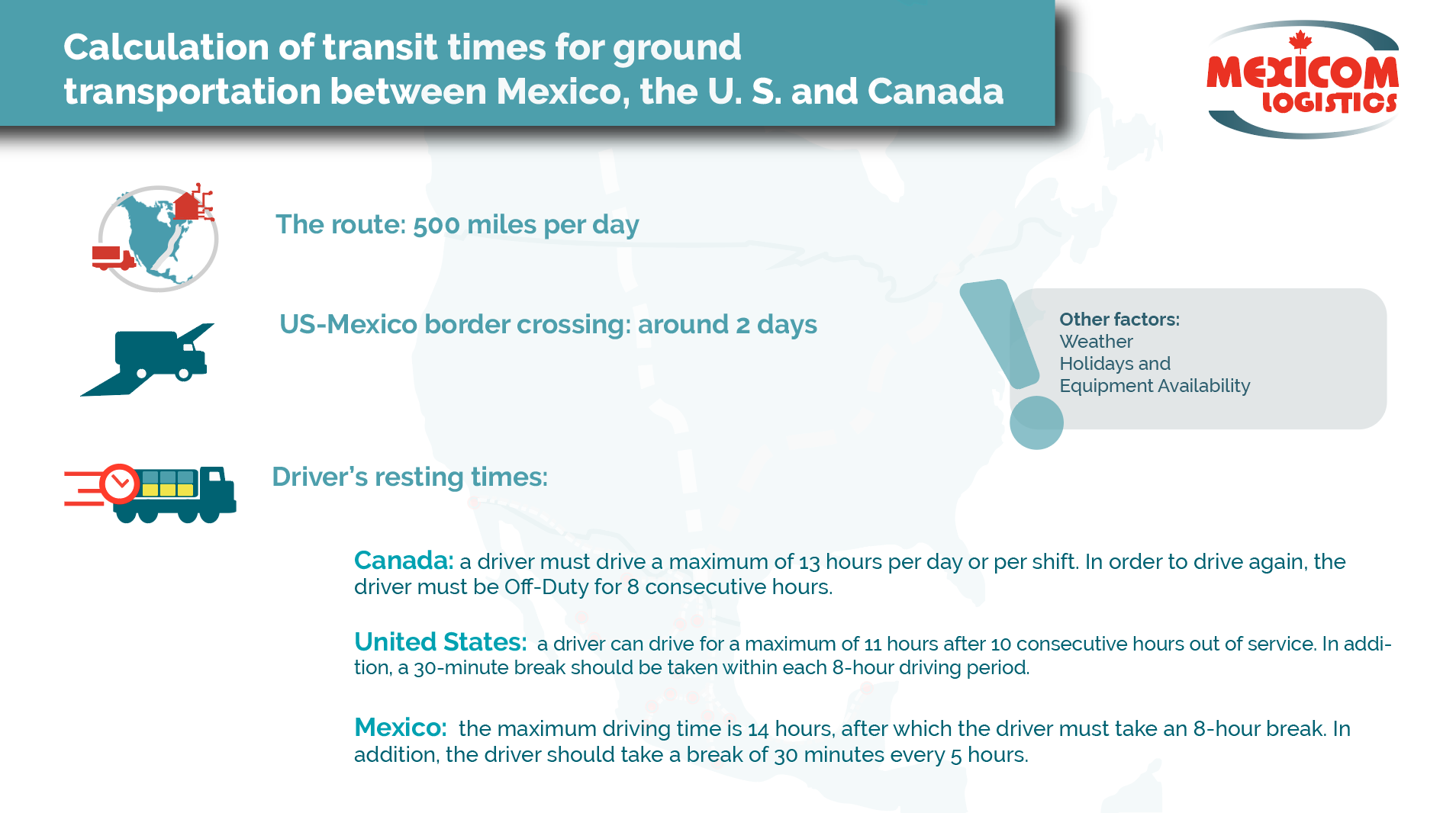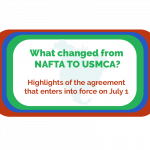How to face the impacts that COVID-19 brought to freight transportation between Mexico, the United States and Canada
Content details:
- Review of the cross-border freight transportation process
- Measures implemented by the Mexican, American and Canadian Governments to face COVID-19
- Impact of the COVID-19 measures on the freight transport industry
- How to face the impacts that COVID-19 had on the freight transportation between Mexico, the United States and Canada
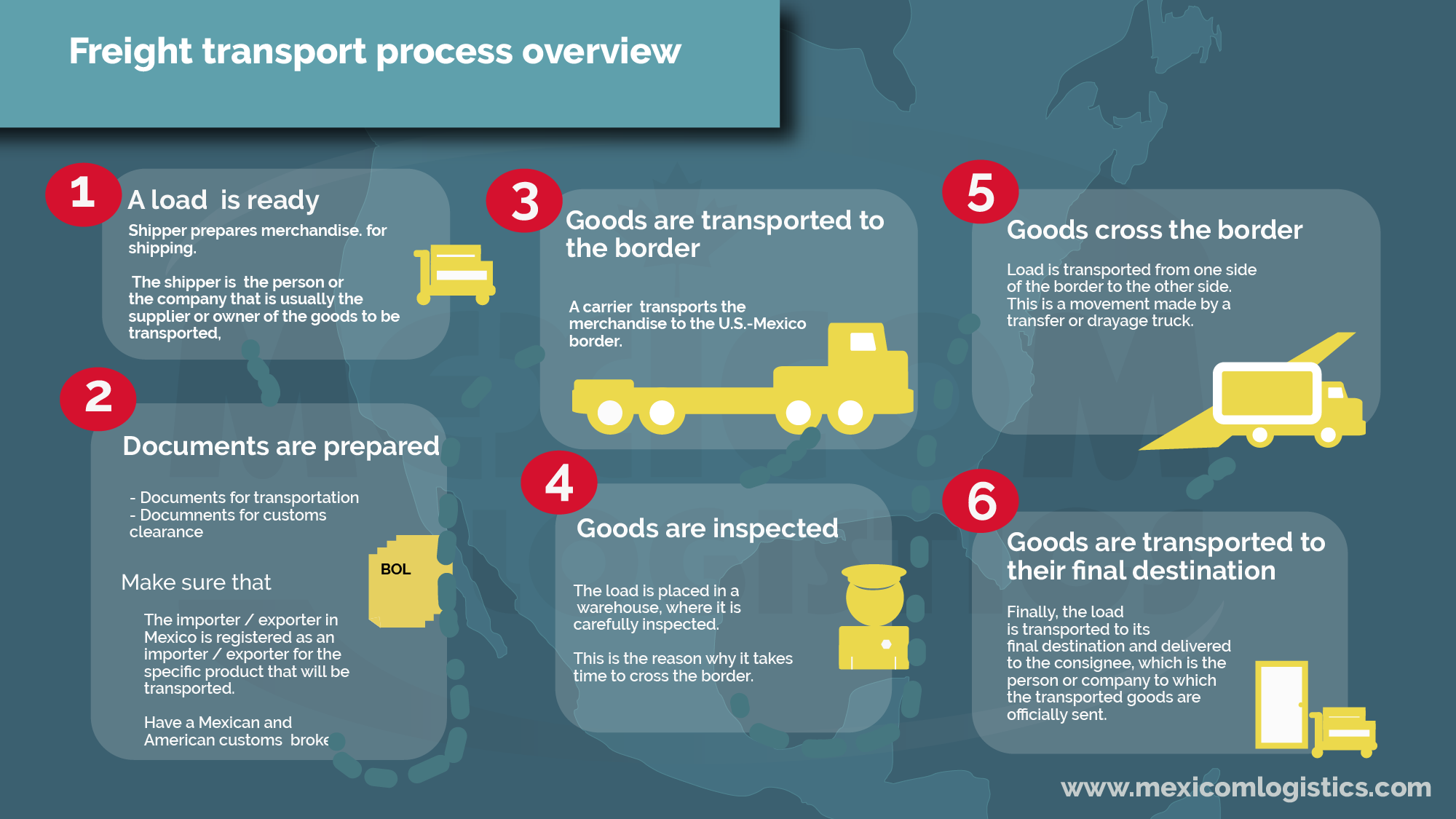
First, let’s review the freight transportation process between Canada, the United States, and Mexico.
The steps of the cross-border freight transportation process are as follows:
1- Shipper ensures that the cargo is palletized and ready to ship.
2- Preparation of documents before sending, such as the Bill of Lading and the Packing List, among others that will be reviewed later.
3- The cargo is transported to the border between the United States and Mexico.
4- The cargo is inspected at customs.
5- The cargo is transported from the Mexican / American side of the border to the American / Mexican side of the border by means of a transfer or drayage.
6- The cargo is transported to its final destination.
The following factors are taken into account in calculating transit times:
The transportation route: consider 500 miles per day
The border crossing between the United States and Mexico: Approximately 1-2 days
Drivers’ resting times:
-
Canada: a driver must drive a maximum of 13 hours per day or per shift. In order to drive again, the driver must be Off-Duty for 8 consecutive hours.
-
United States: a driver can drive for a maximum of 11 hours after 10 consecutive hours out of service. In addition, a 30-minute break should be taken within each 8-hour driving period.
-
Mexico: the maximum driving time is 14 hours, after which the driver must take an 8-hour break. In addition, the driver should take a break of 30 minutes every 5 hours.
Other factors influencing transit times: Weather, Holidays and Equipment Availability
The following lists include the documents that the shipper and the carrier have to prepare in order to start the freight transportation process. The listed documents need to be prepared before the freight transportation process starts.
For freight transportation:
- Factura comercial / Commercial Invoice
- Lista de empaque / Packing List
- Fianza / Bond
- Carta Porte / Bill of Lading (BOL)
- Carta de instrucciones / Letter of instructions
- Prueba de entrega / Proof of Delivery (POD)
For customs clearance:
- Factura comercial / Commercial Invoice
- Certificado de origen / Certificate of origin
- DODA
- Manifiesto/Cargo Manifest
- Fianza cancelada/Canceled Bond
Measures implemented by the Mexican, American and Canadian Governments to face COVID-19 and that had an impact on the industrial and transportation sectors

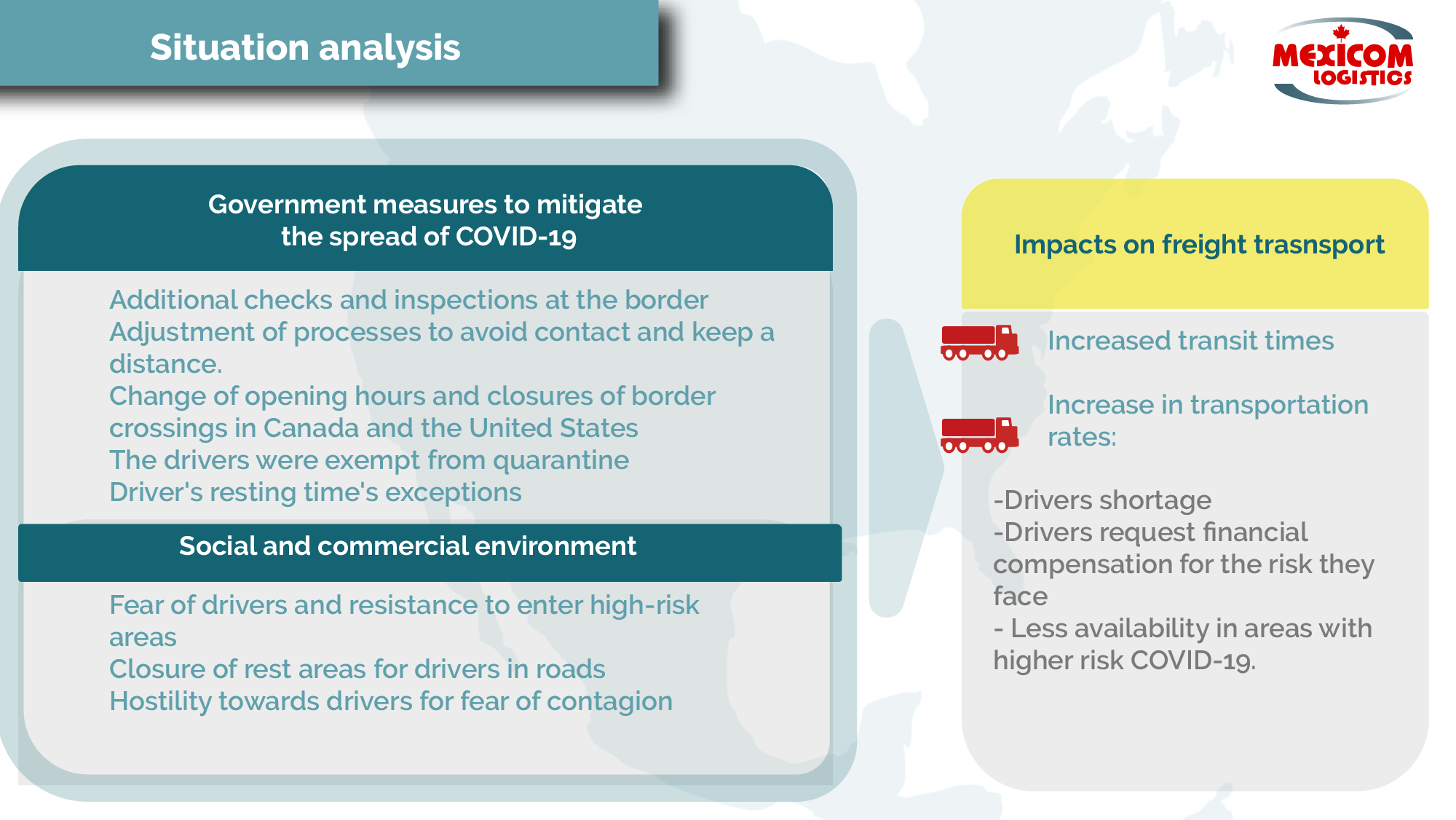
Amidst the COVID-19 pandemic, the authorities of the different governments of Canada, the United States and Mexico carried out measures that had an impact on cross-border freight transport between the three countries.
Measures implemented by Canada, the United States and Mexico, which had an impact on freight transportation:
- Closure of non-essential industries in North America -misaligned policies-
- Additional checks and inspections at the border
- Adjustment of processes to avoid contact and keep a distance.
- Change of opening hours and closures of border crossings in Canada and the United States
- The drivers were exempt from quarantine and continued to work.
- Driver’s resting time’s exceptions in the USA and Canada for drivers
Entorno social y comercial
A las medidas implementadas por el gobierno, se le adicionaron componentes del entorno social y comercial, que también tuvieron un impacto en el transporte terrestre de carga y que muchas veces fueron efectos de las medidas gubernamentales. Ejemplos de elementos presentes en el entorno social y comercial durante COVID-19 fueron:
- Increased demand for essential products
- Panic shopping
- Growth of essential industries and those that adapted to the new demand Medical Equipment | Pharmaceutical | Food | Cleaning
- E-commerce growth
- Fear of drivers and resistance to enter high-risk areas
- Closure of rest areas for drivers
- Hostility towards drivers for fear of contagion
Impacts that government measures and changes in the social and commercial environment during the COVID-19 pandemic have brought to the freight transportation sector in North America
-
Trade balance mismatch
-
Less availability of transport equipment on certain routes and excess supply on others. For instance, in the case of North America, there is a great shortage of equipment to transport freight from Mexico to the United States and Canada, while there is high availability of equipment to transport loads from Canada or the United States to Mexico.
-
Change in freight rates
-
Imports to Mexico = lower price
-
Exports to Mexico = higher price (empty + equipment loaded)
-
-
Increased transit times
-
Increase in transportation rates:
-Drivers shortage
-Drivers request financial compensation for the risk they face
– Less availability in areas with higher risk COVID-19.
How to face the impacts that COVID-19 brought to freight transportation between Mexico, the United States and Canada
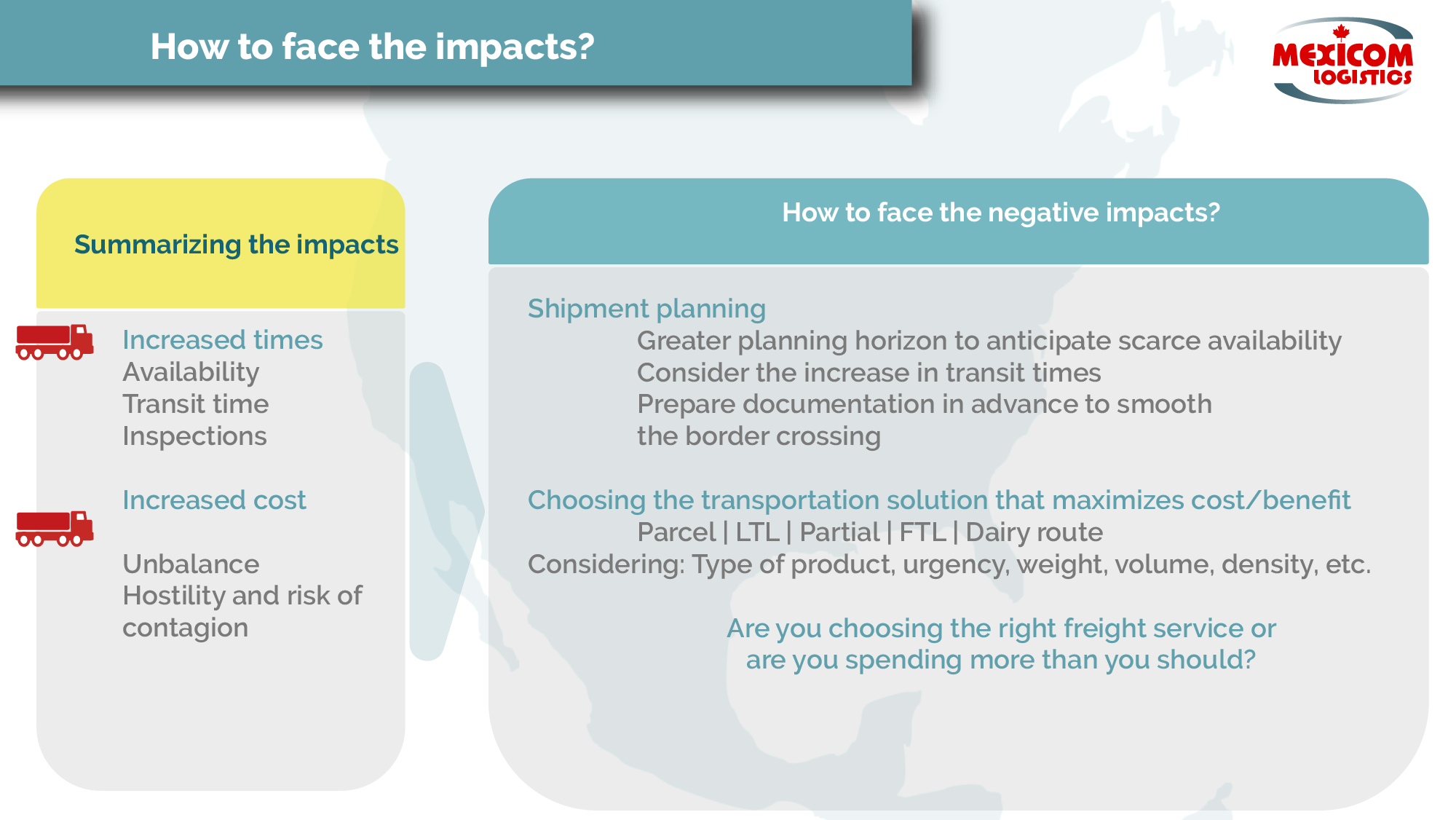
We present two key strategies to face or lessen the negative impacts that COVID-19 has brought to the freight transport industry:
Shipment planning
- Greater planning horizon to anticipate scarce availability
- Consider the increase in transit times
- Prepare documentation in advance to smooth the border crossing
Choosing the transportation solution that maximizes cost/benefit ratio
Analyze and define: Which of the ground transportation services is most convenient for shipping my merchandise?
Parcel | LTL | Partial | FTL | Dairy
Considering: Type of product, urgency, weight, volume, density, etc.
Are you choosing the right freight service or are you spending more than you should?
If you send palletized merchandise and do not know what type of service is best for you in terms of cost and speed, contact Mexicom Logistics, at info@mexicomlogistics.com
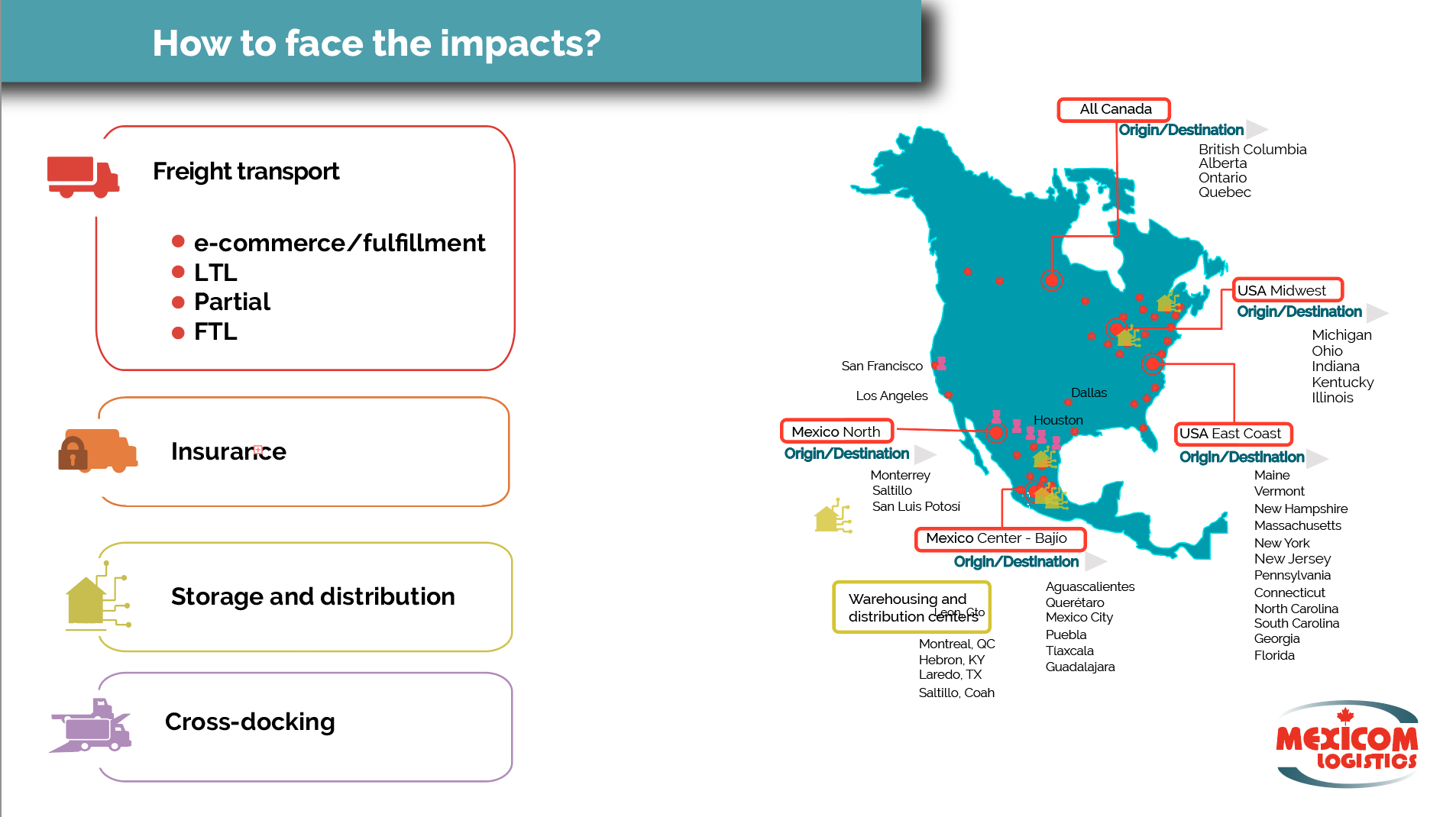
Prepared in collaboration with José Luis Altamirano, Sales Manager of Mexicom Logistics.
Recommended reading:
What is the most convenient ground freight transportation service for me?


